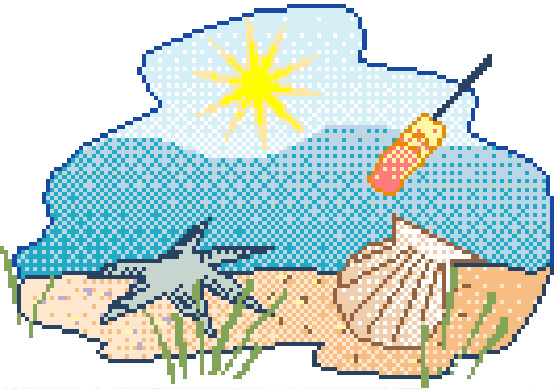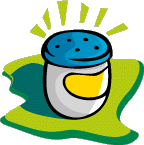 "So when you step out of the ocean after a swim, don't take a shower just yet. Let yourself dry off in the sun. When you are completely dry, you may be itchy. Don't scratch! Look at the places that are itchy; you might see home white flakes – that is the salt." Global Lab students in Hawaii. |
|
Hawaii Global Lab Students Experiment with Salts"For the salt content experiment, we wanted to do testing by evaporating different amounts of beach/bay water so as to get a better idea of how much salt was in the water. But, unfortunately, due to [lack of] time, we were unable to do as much as we wished. But we did evaporate two different amounts of beach/bay water [25 mL, 100 mL). It took time and patience to wait and watch the water boil and then evaporate. We had a hard time controlling the amount because it splattered. As a result, salt was lost, altering the data. This was one of the factors affecting the results. Another was the sand and other objects in the water. Sand couldn't be burned off so it was left with the salt adding weight. Thinking about it now, we concluded that the next time we should filter the sand [out] before we burn it. Another thing that affected the results was the weight of the beach/bay water. In the 100 mL experiment, the weight of the water varied greatly --74.3, 73.1 and 76.5. This surely caused the amount of salt to vary. After looking over the results, we concluded that Ala Moana and Kaneohe Bay have almost the same amount of salt. Kailua Bay has the least. Use of salts by animals. Of course there are other types of ions in the oceans including sulfate (SO42-), magnesium (Mg2+), calcium (Ca2-), and potassium (K+). Some of these ions are taken in by organisms living in the water, thereby lowering the concentrations dissolved in the water. For example,many organisms remove calcium ions from the water to form their shells and skeletons. Sodium and Chloride Ions are not used very much by aquatic animals, and are found in higher concentrations." - Consuelo Rogers, Honolulu and her chemistry class |
|
 Salinity
Salinity  Use a hydrometer
Use a hydrometer